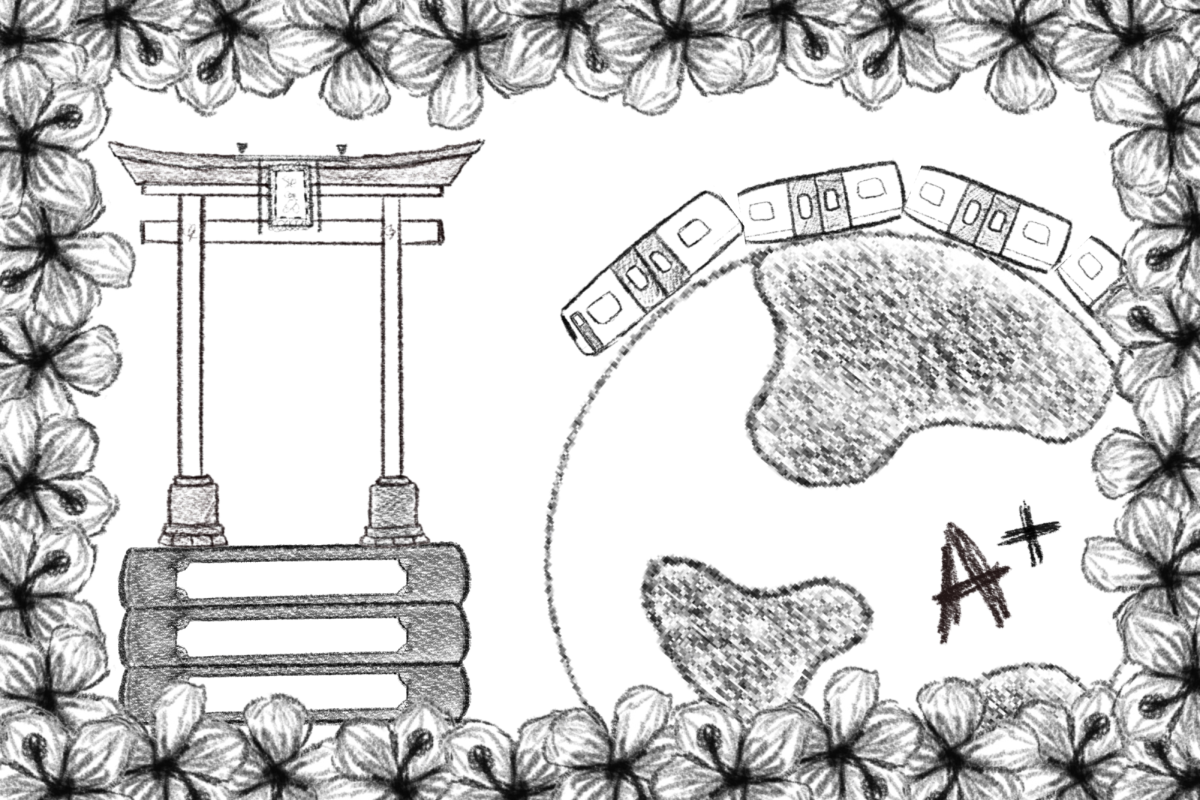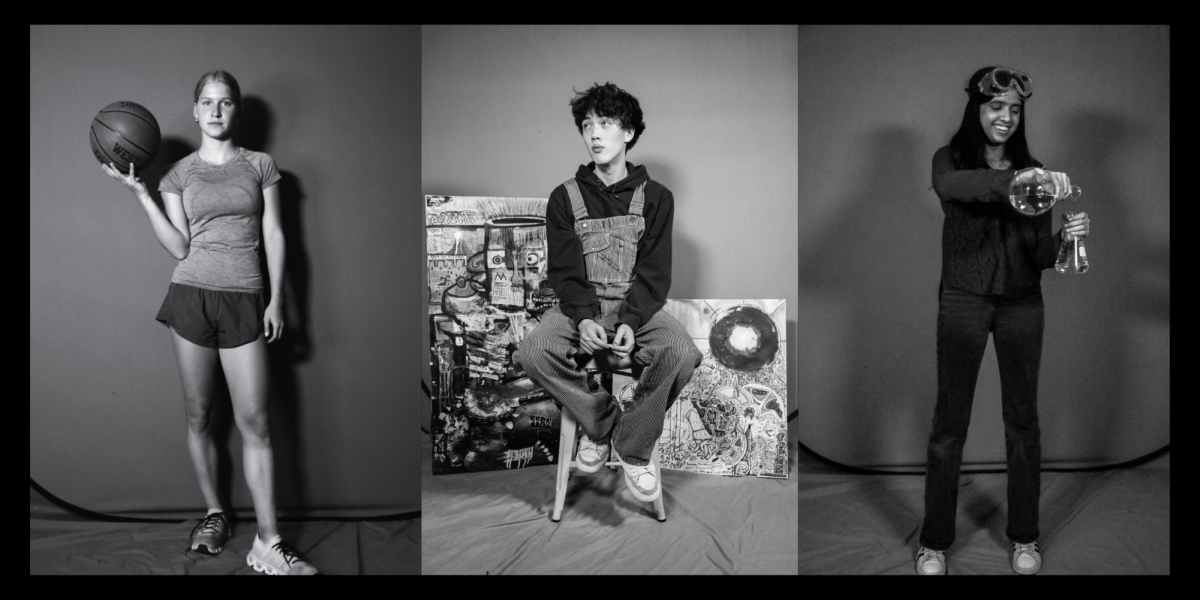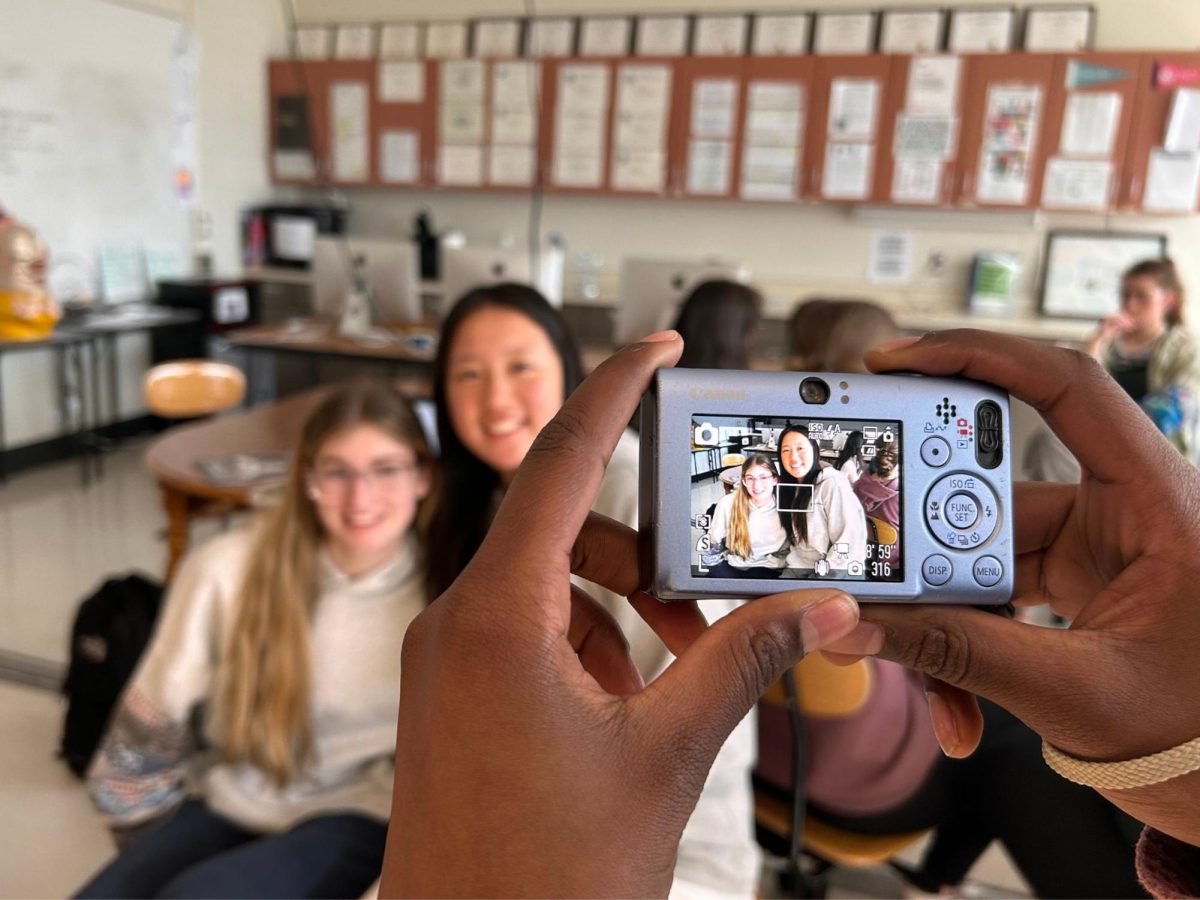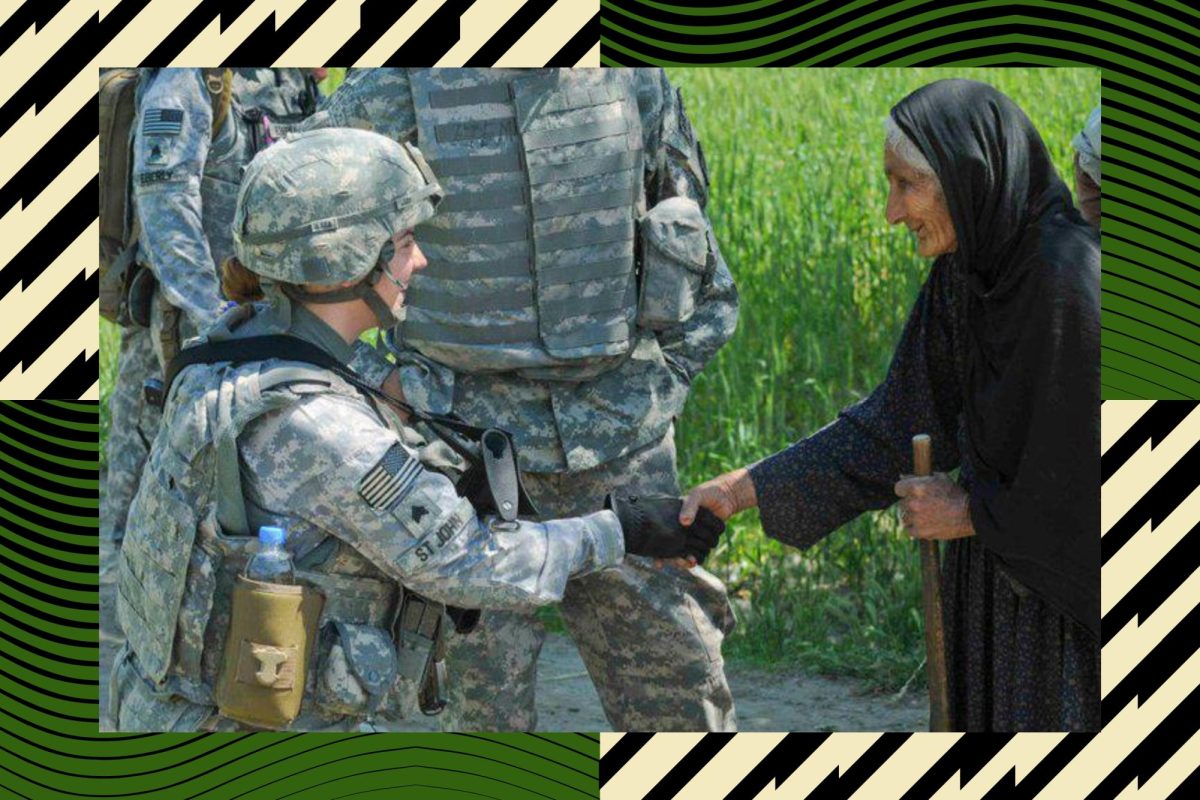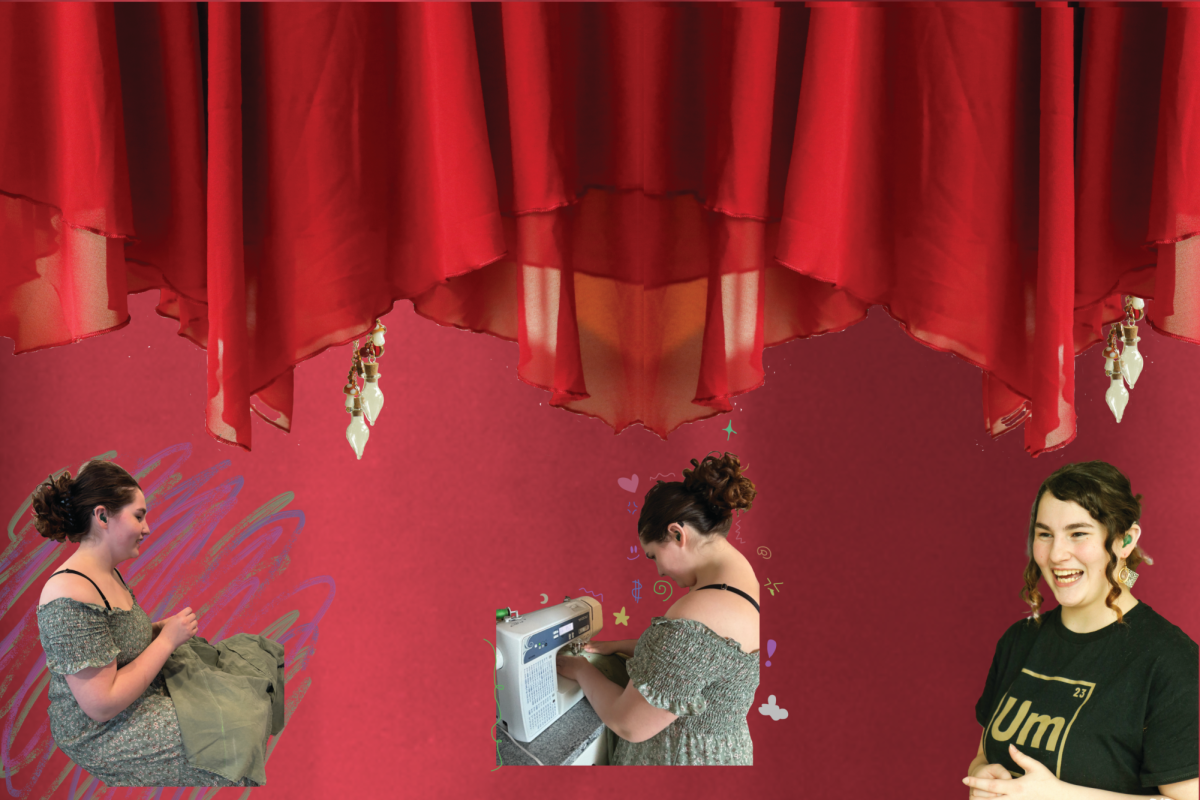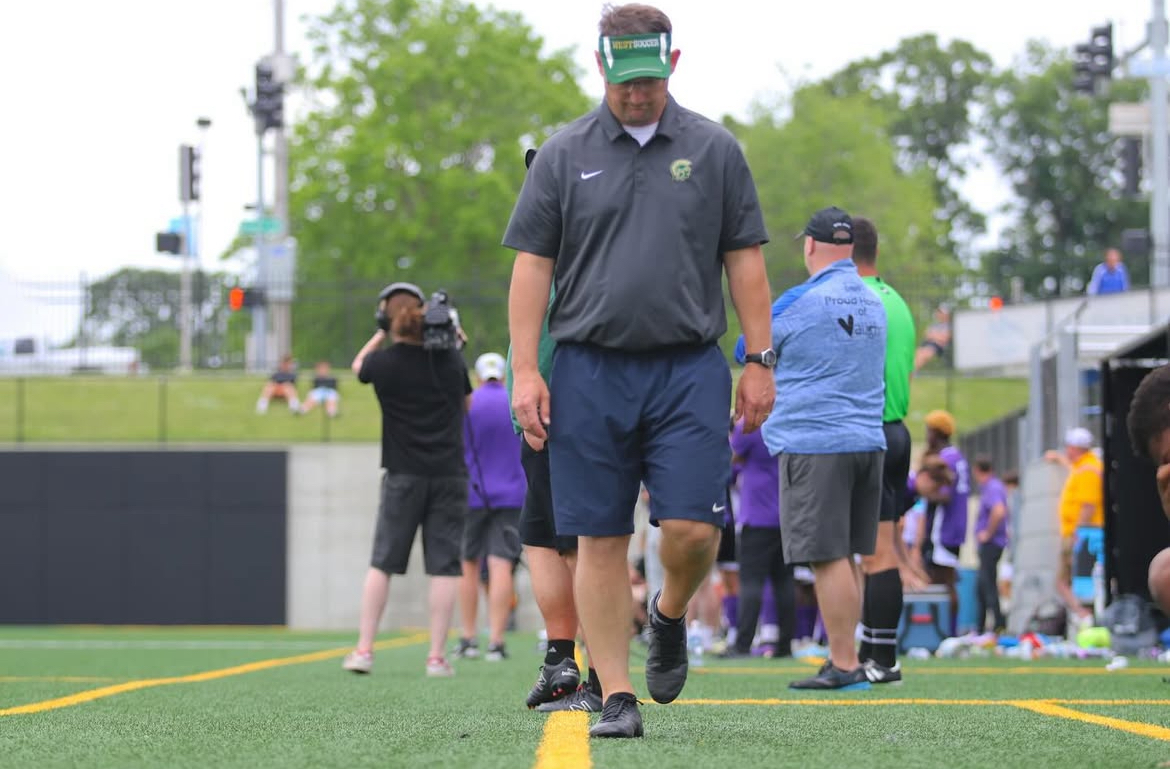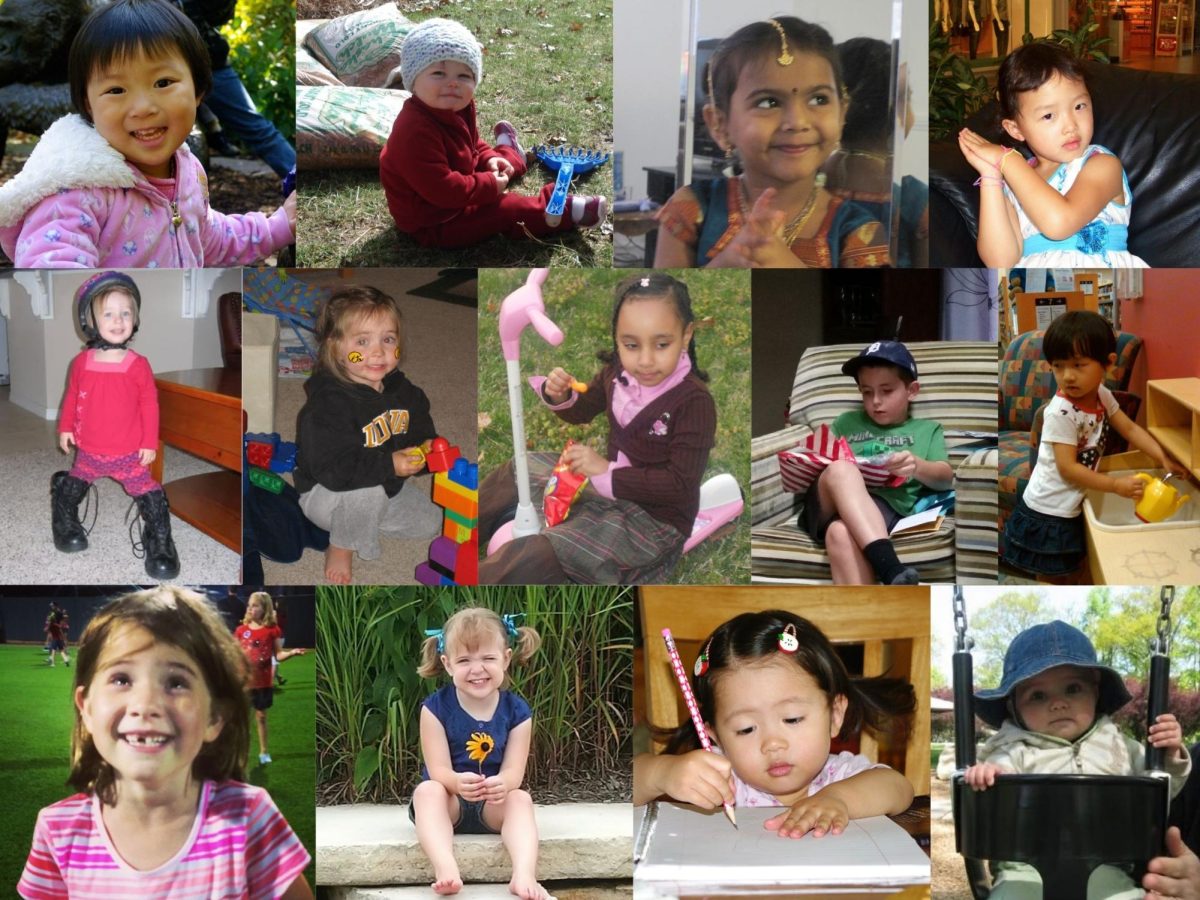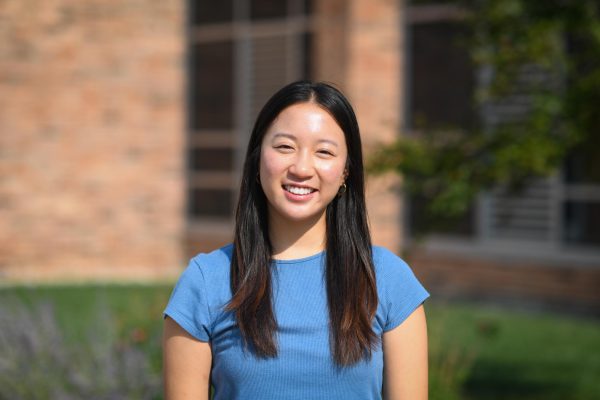Imagine school starting at 7 a.m. and ending by noon. It would be possible to go home, eat and pass the rest of the day leisurely, but how much would students learn? Now imagine school starting at the same time but ending at 9 or 10 p.m. How exhausting would it be to have a pile of work every night?
School systems vary drastically from country to country: Brazilian students could be watching television shows at night while Chinese students are hunched over their school desks solving equations. The American education system is a middle-ground; students often end school around 4 p.m.
Despite less extreme school hours, American students’ performance lacks strength when compared to other developed countries. Conducted by the Organization for Economic Co-operation and Development, the Program for International Student Assessment tests 15-year-old high school students for their critical thinking capabilities in math, science and reading. The 2022 PISA scores revealed that the U.S. placed 18th among 81 countries, falling short behind their Western counterparts (Estonia, Canada, Switzerland, Finland) and many East Asian countries (Singapore, Hong Kong, Japan, South Korea).
While classroom curriculum and teaching methods aren’t the sole determinant for a country’s PISA score, they play an important role in a student’s intellectual development. Senator Horace Mann shaped the American classroom curriculum; In the mid-1800s, Mann revolutionized public schools and created a decentralized education system. Inspired by the Prussians, his notes from a North Europe tour contained standardized approaches to teaching, grades, written examinations, attendance and report cards. Now, with the states’ role in shaping education curricula, the modern American education system is a composite of standardization and flexibility.
Few West students have experienced both the American and an international education system. In his sophomore year, Eli Maze ’25 studied abroad in Japan through the Council on International Education Exchange program. For ten months, he attended school at Kyoto High School, focusing on language proficiency and cultural exchange. Maze, who took AP and honor courses at West, noticed a heightened difficulty in the Japanese school curriculum.
“I call myself a good student. I had a good GPA [in America]. But going to Japan was tough, even just passing classes or getting above 50% on tests was a struggle,” Maze said.
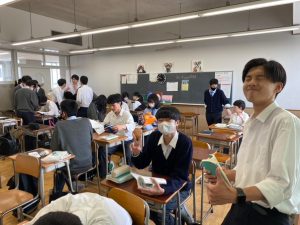
The language barrier hindered Maze’s learning, and his arrival time didn’t help either. Although the Japanese school year begins in April, Maze joined his classmates in Kyoto during late September. Before Maze started his second year the following spring, he was provided time to decide his future career option. All second-year Japanese high school students must choose between their two choices: humanities or STEM.
“In Japan, all the classes that you have are fixed, meaning that they’re nationally standardized,” Maze said. “Students are typically not able to pick classes based on their interests; there are different paths of study for the humanities or for STEM.”
Despite continuing down the humanities path, Maze took a short Japanese math class. With only three years of high school, math courses are broken down into A, B and C for each grade level.
“I thought math was something universal, [but] it’s not; it is so different,” Maze said. “I found [the Japanese math curriculum] to be a lot more specific and a lot more applied. They would do things like 3D geometry and things we never even think of [in America].”
Contrary to America’s teacher-student interaction and collaborating environment, Japan is solely lecture-based; many East Asian countries prioritize textbook-based and testing over hands-on or expression. Maze found that this teaching style comes at the expense of creativity.
“The curriculum in Japan emphasizes rote memorization and knowledge. It’s solely preparatory for the college entrance exams, and you aren’t learning anything beyond what you are expected to know for these entrance exams,” Maze said. “In America, I’ve noticed that there are free response questions, essays and critical thinking [analysis]. In Japan, there’s really none of that. Japanese students can’t write or compose essays at a high level.”
Classes are held on Saturdays, and many Japanese students attend supplementary tutoring classes called Juku, or cram school, after school. These expensive classes, though not mandatory, are well attended because many Japanese students face the pressure of falling behind in class. This practice is familiar to many East Asian countries, such as Korea, where teachers and society expect students to put in extra grueling hours for their studies.
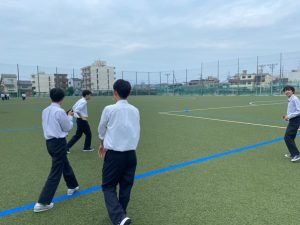
“People go to their club, finish club at six and then go to cram school; they get home at 10 [p.m.] some days. [In Japan], the work you put in academically is the sole determiner of your future,” Maze said.
Tests are heavily emphasized in Japan, as there are only the midterms and final exams that make up your grade. Even if cram school was offered in the U.S., Maze noticed a distinct difference between struggling students in America versus in Japan; American students are often offered guidance or a different class to accommodate the learning gap, but Japanese students don’t have the same opportunities to catch up.
“In Japan, if a student doesn’t know the content or understand the class, and they’re not going to ask questions, they’re just going to struggle. The class is so fast-paced, with so much content coming in,” Maze said. “Some people are just like, ‘I don’t have enough resilience to get through it,’ so they give up on being ambitious [in school].”
Based on their schedule, American high school students transition to each class independently. However, Japanese students move through the day with their one homeroom, and these students develop close relationships with their homeroom teachers and peers. Many schools globally practice the same system, like in Haiti, where Sandy Lherisson ’25 attended middle school before moving to the U.S. for high school in 2019.
“I was attending a small school [in Haiti], so it didn’t have all the grades, and there was only one [subject] for the whole day. You stay in one class,” Lherisson said.
When Lherisson arrived in America, he experienced a school cultural shock. From lunches to technology, Lherisson needed to adjust to a whole new structure.
“In [my Haitian] school, there was no lunch; [school] started from 8 a.m. to 12 p.m. We did have a [traditional grading system] but we didn’t have the minuses [or pluses],” Lherisson said. “There’s no computers. They can be teaching on the chalkboard, and sometimes they can be using books.”
Lherisson is one of the few who could afford and attend school in Haiti because it is experiencing an ongoing educational crisis. Due to the lack of government funding, armed gang violence and homelessness, more than 300,000 children across Haiti have stopped attending school since Jan. 2024. As more than 900 schools closed, others turned into shelters for displaced families, and the remaining schools’ tuition are too expensive for families to afford. With the bulk of the violence occurring after 2019, when Lherisson left Haiti, he was fortunate enough to avoid the economic turmoil. Although he attended a school that placed high value on education, Lherisson couldn’t see a future career in an unstable country.
“The problem with my country is that they force you to study, and if you study a lot, you can be a good student and receive a decent education,” Lherisson said. “But when you go to college to study to be a doctor, and you finish studying, you cannot be a doctor.”
Because receiving a quality education is rare in Haiti, Lherisson was surrounded by the pressure and eager to perform the best.
“My favorite thing about school in Haiti is that people actually learn. I’m not saying you don’t learn [in America] but what I like here is that you have more opportunities and people are not trying to force you or make you stress about learning,” Lherisson said.
Upon arriving in the U.S., Lherisson found that West is home to a diverse range of classes, numerous electives and opportunities. American education places emphasis on extracurricular activities and community involvement. While extracurricular activities hold strong values in American education, similar models exist globally.
South African Thembelihle Setshogoe ’26, who is an exchange student attending West through the Youth Exchange and Study Program, flew to America with a classic American movie playing in her head.
“I see a lot [of American high schoolers] on TikTok. Whenever I think of school in America, I think of movies, cheerleaders, jobs and all of that. For a bit, [the movies felt real] during the football season when the cheerleaders would wear their [uniforms] on Fridays [with] the football boys, [and] I was like, ‘Wow, yeah,’” Setshogoe said.
Setshogoe studied at Waterford Kamhlaba, a boarding school in Eswatini. While Waterford Kamhlaba students didn’t play football or cheer, they applied themselves to numerous sports such as netball, badminton, cricket or football (soccer).
“I’d usually play sports [after classes]. I played three sports: tennis, soccer and netball,” Setshogoe said. “Our sports are all year round instead of seasons.”
Dedicating time to three sports, Setshoegoe anticipates a busier schedule when returning back to Eswatini. In Waterford Kamhlaba, grades are broken up into two different sections: Ekukhuleni (grades eight-10 or forms one-three) and Esiveni (grades 11-12 or forms four and five). Forms four and five release school one hour later than Ekukhuleni students.
“From form four to form five, which is grade 11 to grade 12, you enter into the [Cambridge] International General Certificate of Secondary Education levels,” Setshogoe said. “Schoolwork is harder and classes are longer, because this is now when you’re picking your subject choices for your diploma.”
Setshoegoe will receive distinctions instead of A’s on her transcript on her diploma. Distinctions are the amount A’s achieved in the final year of high school. The number of distinctions helps with acceptance to colleges.
While American students have the summer break to relax and prepare for college, the South African graduates take a unique timeline. Like in Japan, Setshogoe’s school calendar differs from a traditional American school year. The academic year starts in January, and ends in December.
“Since most people want to go to a university [abroad] or in America, they’ll wait it out in South Africa by getting a job or working as teacher assistants at their school,” Setshogoe said.
______
School systems differ drastically in each country; From the schools’ learning environment and difficulty to resources and culture, no system is exactly the same. However, Maze finds that he appreciates both unique aspects of American and Japanese education.
“I like how in American school, you’re supposed to critically analyze and have an opinion for yourself. But also, I think that the style of education in American schools is not clear enough or as efficient. There’s a lot of partner work and discussions, but there’s a lot of filler things that I feel don’t really help students,” Maze said. “In Japan, it was everyday lectures and workbooks. You listen to the teacher, the teacher writes in the blanks. It’s definitely a lot clearer.”




